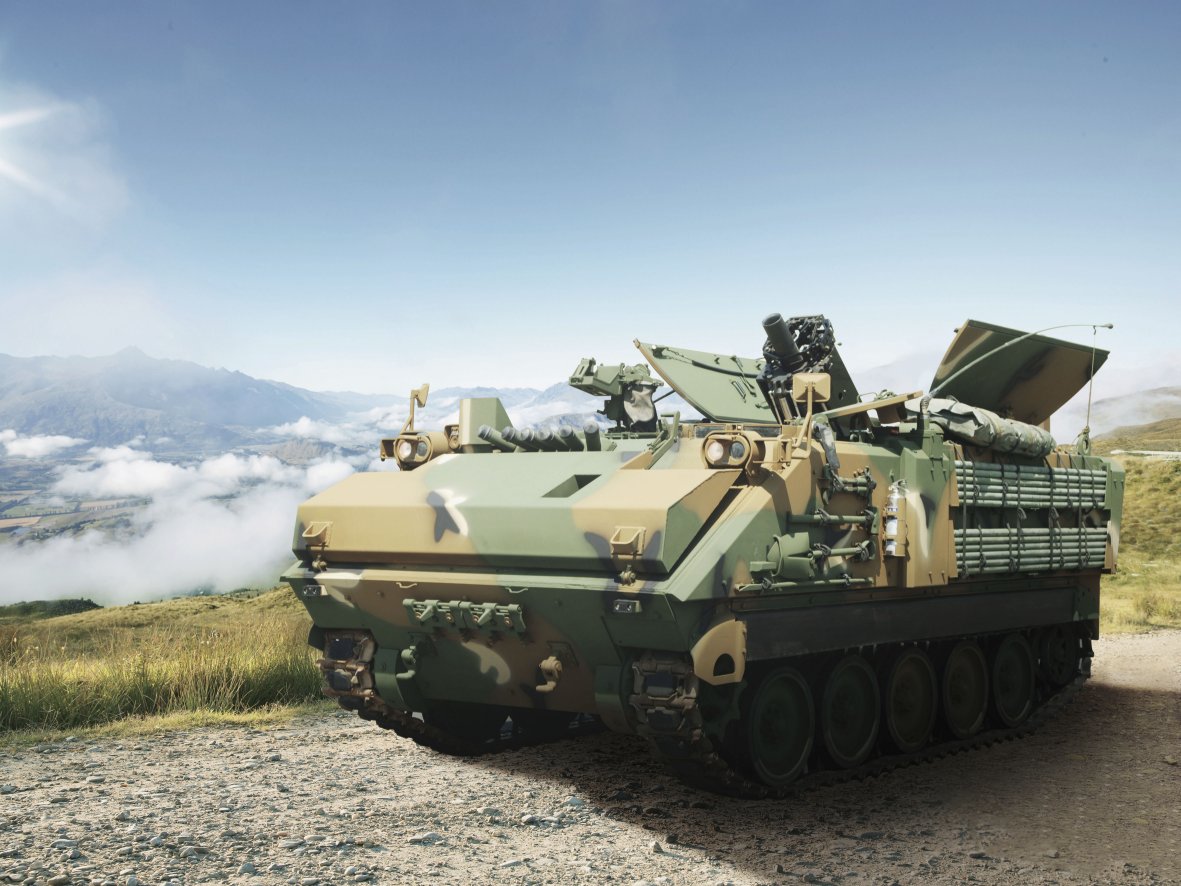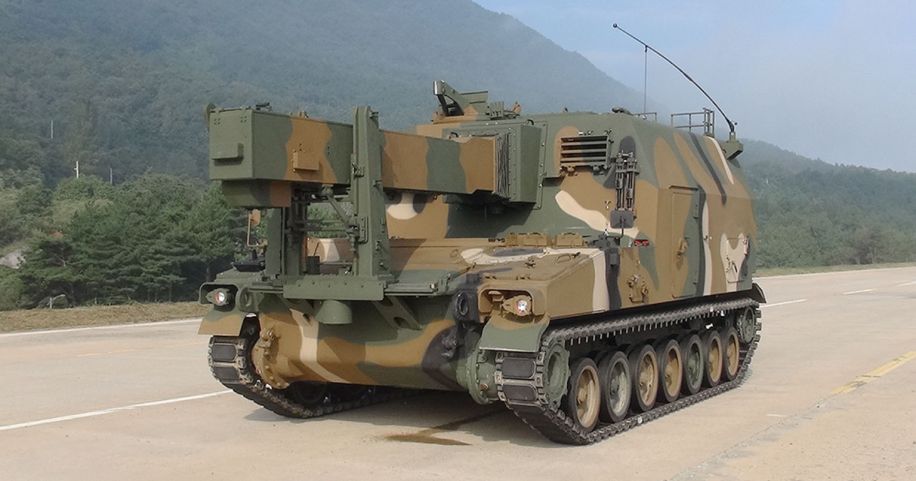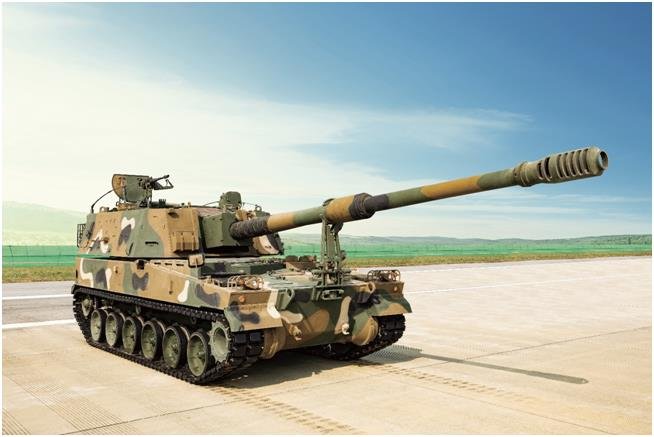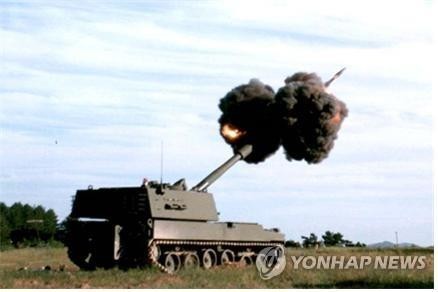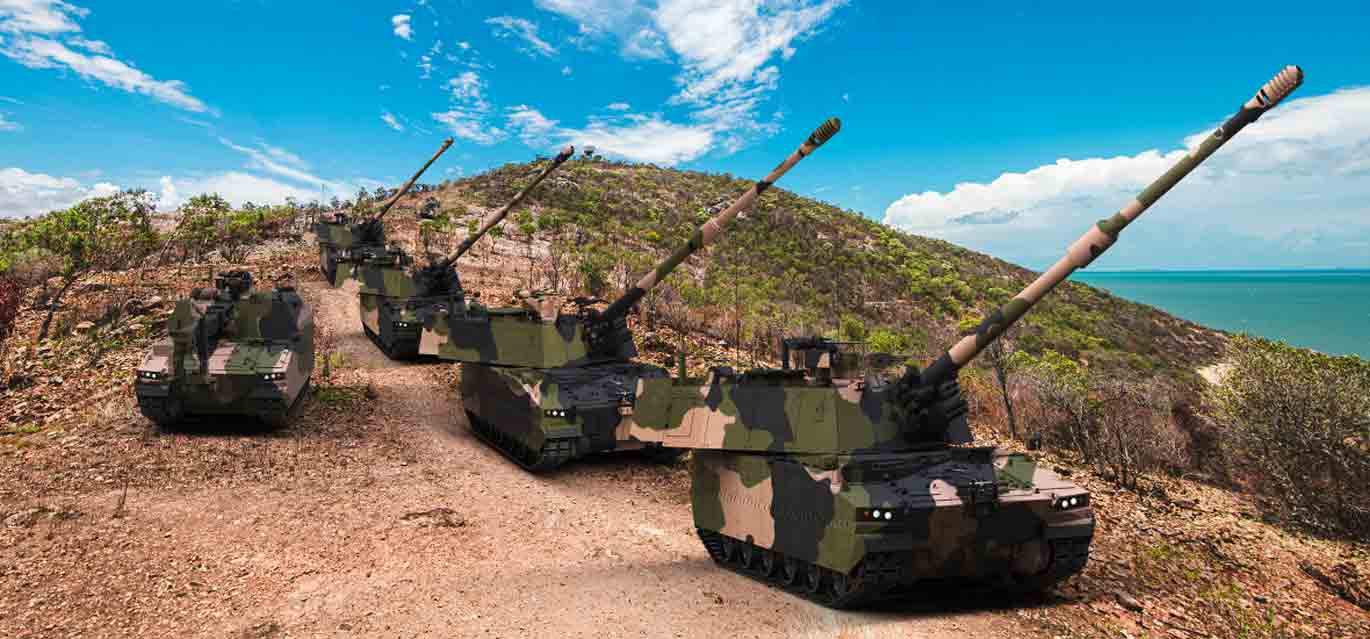Finnish army's K9FIN Moukari
This article translated the news reported in Korea on February 1, 2022 into English myself. Please understand that mistranslation or spelling may be wrong
On 1 February 2022, the
Defense Acquisition Program Administration announced that Hanwha Defense signed a $1.6 billion K9 Thunder export contract at Egypt's Artillery hall, attended by Egypt's Ministry of National Defense and key officials from both countries.
The export down payment is $1.6 billion, about twice the amount of K9 Thunder exports signed with Australia last month, the largest export contract among K9 Thunder exports contracts, the Defense Acquisition Program Administration said.
The K9 Thunder, which has been in operation by the South Korean military since 2000, has a maximum range of 53 km and can shoot 6 shells per minute. The maximum speed is 67 km per hour.
The deal includes the production of
K9A1s in Egypt and a technology transfer, according to the Defense Acquisition Program Administration (DAPA). The deal will make Egypt the eighth foreign country to adopt the K9 system. The other countries that have chosen the system are Turkey (Co-development), Poland (Chassis and sub-systems), India (
K9 Vajra-T), Norway (
K9 VIDAR), Finland (
K9FIN Moukari), Estonia (
K9 Kõu), and Australia (
AS9 Huntsman).
Currently, more than 1,700 K9 variants are said to be in service in such countries as India. With this export, K9 Thunder achieved its first entry into the Middle East and Africa after Asia, Europe, and Oceania. As the number of countries operating K9 system around the world, including Korea, has increased to nine, including Egypt, the technology of a "excellent weapon system" is also recognized, which is expected to give momentum to exports to other countries in the future.
This export is the result of long-term negotiations over 10 years.
In particular, since last year, negotiations on export contracts have progressed rapidly as pan-governmental cooperation has been carried out by designating the Office of National Security as a "Control tower"
South Korea's Defense Minister Seo Wook explained the excellence of the K9 Thunder in a meeting with the Egyptian president when he visited Egypt in August last year, and Kang Eun-ho, head of the Defense Acquisition Program Administration, visited Egypt five times from last year to this year.
In addition, the South Korean Embassy in Egypt, as a negotiation support organization of the Team Korea, supported related trends, exchanges with high-ranking officials, and negotiations by sharing close information with government agencies and related companies.
Expectations for the final contract to be signed during President Moon Jae In's visit to Egypt from the 19th to the 21st of last month after export negotiations were confirmed to be underway at the Egypt Defence Expo (EDEX 2021) in November last year, but failed to reach the final contract.
As a result, some observed that there may be differences between the two sides in the last-minute negotiations.
An official from the Defense Acquisition Program Administration explained, "Even after President Moon Jae In returned to Korea, some of the company and government officials remained in Egypt to continue negotiations, and the negotiations were concluded dramatically after Egypt accepted the final contract proposed without further concessions."
Meanwhile, along with the export contract, Kang Eun-ho, head of the Defense Acquisition Program Administration, also signed a memorandum of understanding (MOU) with the Egyptian Minister of Defense on Korea-Egyptian defense R&D cooperation.
The head of the Defense Acquisition Program Administration said that K9 Thunder is at its highest level in terms of excellent weapon systems and price-performance, and that technology cooperation, localization production cooperation, and pan-government cooperation are taking place beyond just buying and selling weapon systems. And he said the contract will serve as an opportunity for the current comprehensive cooperative partnership between South Korea and Egypt to take a leap forward.
By Song Sang-ho and Kang Yoon-seung SEOUL, Feb. 1 (Yonhap) -- South Korea on Tuesday sign...

en.yna.co.kr
수출 타진 10여년 만에 성과…한국 포함 운용국 9개국으로 늘어 호주 수출 금액의 2배 수준…우뚝 선 'K-방산' 경쟁력 재확인 (서울=연합뉴스) 정빛나 기자 = 막판까지 '손에 땀을 쥐게 한' 국산 K-9 자주포의

news.naver.com






